Industry News
-
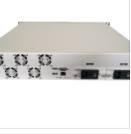
What is the difference between fiber optic transceivers and Ethernet transceivers?
FC (Fibre Channel) transceivers are an important part of Fibre Channel infrastructure, and Ethernet transceivers combined with Ethernet switches are a popular matching combination when deploying Ethernet. Obviously, these two types of transceivers serve different applications, but what exactly is...Read more -

The difference between fiber optic switches and fiber optic transceivers!
Optical transceivers and switches are both critical in Ethernet transmission, but they differ in function and application. So, what is the difference between fiber optic transceivers and switches? What is the difference between fiber optic transceivers and switches? Optical fiber transceiver is a...Read more -
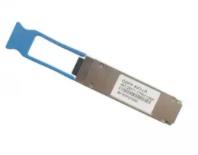
How to test fiber optic transceivers?
With the development of the network and the advancement of technology, many fiber optic component manufacturers have appeared in the market, trying to grab a share of the network world. Since these manufacturers produce a variety of components, their goal is to make high-quality and mutually comp...Read more -
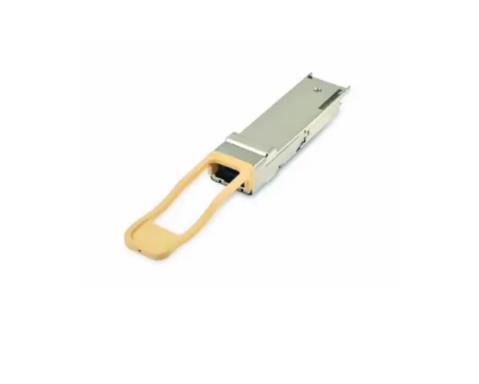
Supporting facilities for fiber optic transceivers: Optical Distribution Frame (ODF) Basics
The deployment of fiber optics has been growing, driven by the need for high-speed data rates. As the installed fiber grows, the management of optical transport networks becomes more difficult. Many factors should be considered during fiber cabling, such as flexibility, future feasibility, deploy...Read more -

The difference between single-mode and multi-mode fiber optic transceivers 3 ways to distinguish single-mode and multi-mode fiber optic transceivers
1. The difference between single-mode and multi-mode fiber optic transceivers The core diameter of the multimode fiber is 50~62.5μm, the outer diameter of the cladding is 125μm, and the core diameter of the single-mode fiber is 8.3μm, and the outer diameter of the cladding is 125μm. The working w...Read more -
How does the optical fiber transceiver module SFP work?
1. What is a transceiver module? Transceiver modules, as the name suggests, are bidirectional, and SFP is also one of them. The word “transceiver” is a combination of “transmitter” and “receiver”. Therefore, it can act as a transmitter and a receiver to establi...Read more -
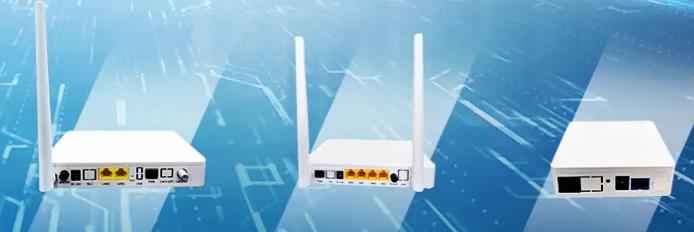
ransceivers vs. Transponders: What’s the Difference?
Generally speaking, a transceiver is a device that can both send and receive signals, while a transponder is a component whose processor is programmed to monitor incoming signals and have pre-programmed replies in fiber-optic communication networks. In fact, transponders are typically character...Read more -
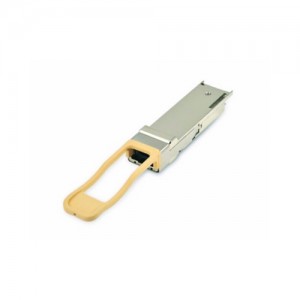
What is the optical module used for?
Optical modules are the most important part of optical communication equipment and the interconnection channel between the optical world and the electrical world. 1. First of all, an optical module is an optoelectronic device that performs photoelectric and electro-optical conversion. The optical...Read more -

Notes on Fiber Transceiver Design!
The rapid expansion of fiber optic networks, including data services measured in data volume or bandwidth, indicates that fiber optic transmission technology is and will continue to be an important part of future network systems. Network designers are increasingly comfortable with fiber optic sol...Read more -
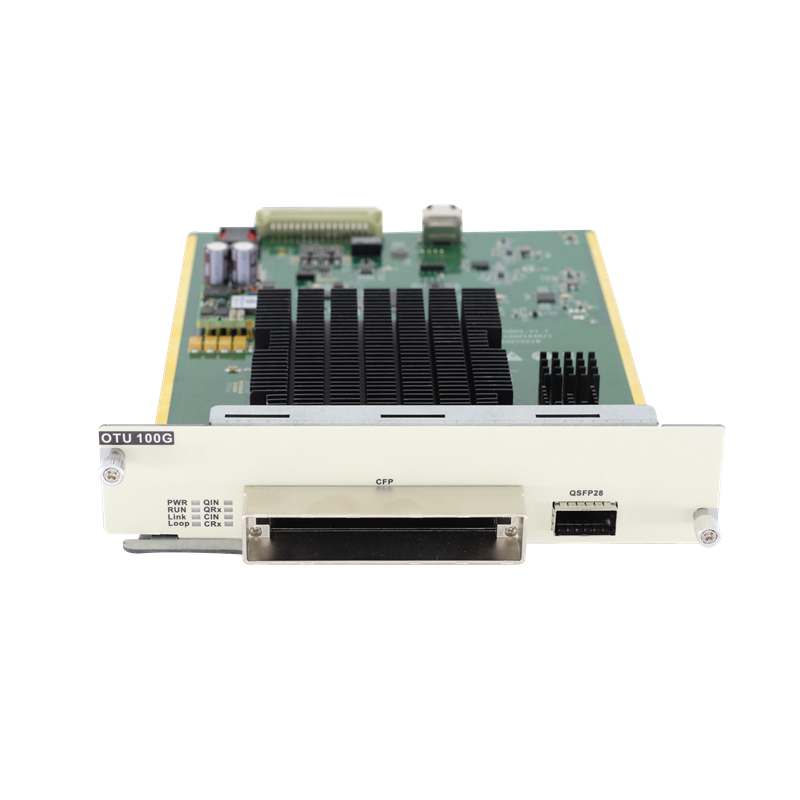
What is the structure principle of wavelength division multiplexing system?
Optical wavelength division multiplexing is a technology that transmits multi-wavelength optical signals in one optical fiber. The basic principle is to combine (multiplex) optical signals of different wavelengths at the transmitting end, couple them to the same optical fiber on the optical cable...Read more -
What is the difference between a fiber optic switch and a fiber optic transceiver?
Optical switches differ from optical transceivers in: 1. Optical fiber switch is a high-speed network transmission relay device. Compared with ordinary switches, it uses optical fiber cable as the transmission medium. The advantages of optical fiber transmission are fast speed and strong anti-int...Read more -
What is the role of fiber optic transceivers
Optical transceivers are generally used in practical network environments where Ethernet cables cannot cover and optical fibers must be used to extend transmission distances, and they also play a huge role in helping to connect the last mile of optical fiber to the metropolitan area network and b...Read more









